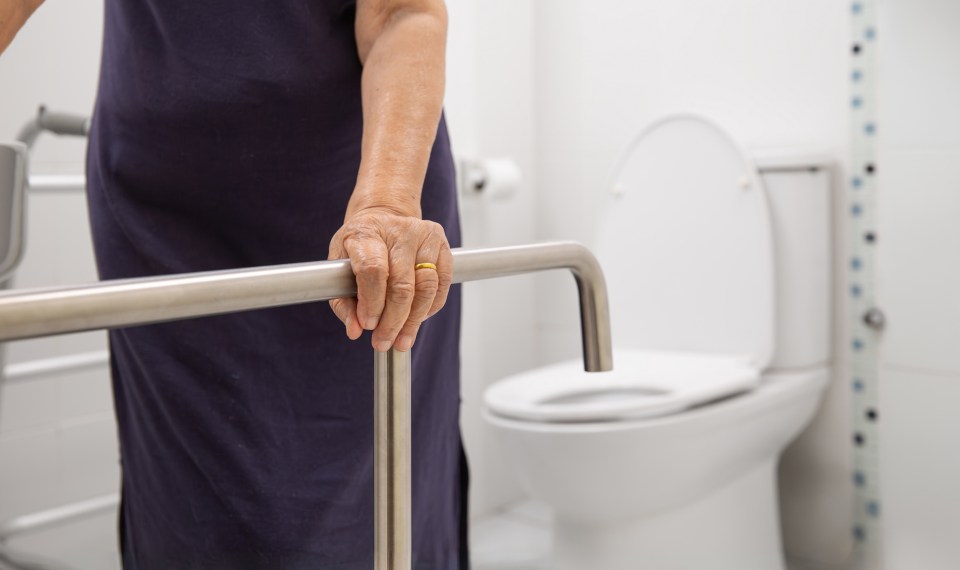Each year, Encompass Health invites physicians, employees and other qualified candidates in the medical community to apply to receive funding for research related to the inpatient rehabilitation facility (IRF) post-acute care setting. More than 25 research studies have been supported since the therapy grant program’s inception in 2016. This year, three grant proposals from across the country were selected to receive funding from Encompass Health.
The Effect of Community Outings on Perception of Preparedness for Home Discharge from an IRF in the Neuro Population Utilizing the B-PREPARED Scale
Submitted by: Encompass Health Sunrise Rehabilitation Hospital
Principal investigator: Carrie Keck
The primary purpose of this study is to explore the impact of community outings on neuro patients’ perception of preparedness for home discharge from the IRF setting. Community outings are a recognized treatment intervention for patients in the rehabilitation setting, although review of the literature shows there are limited studies analyzing their impact, and even fewer on the impact in the IRF setting. The goal and expected outcome is to prove that community outings increase patients’ perception of preparedness for home discharge in the neuro population.
All patients with neuro diagnoses of stroke, brain injury or spinal cord meeting the inclusion criteria will complete the B-PREPARED scale on “mark” day and receive education on home safety and use of durable medical equipment for fall prevention. The experimental group will participate in the outing on “ready” day with their therapist utilizing non-medical transport and funds provided by the hospital. Patients in both the experimental and control groups will complete a B-PREPARED post scale on their “set’ day. The B-PREPARED scale has been validated as a means to measure patients’ perceptions of their preparedness for hospital discharge home and can be used by clinicians to evaluate discharge interventions.
Early Weight-Bearing Effects on Geriatric Hip Fracture Recovery (A Quantitative Study)
Submitted by: University of Missouri
Principal investigator: Dr. Chrissa McClellan
The primary purpose of this study is to systematically quantify self-restricted weight bearing and its effects on the physiological and functional outcomes during early rehabilitation phase of geriatric hip fracture. The goal and expected outcome is to prove that self-restricted weight bearing plays a maladaptive role in functional recovery.
This prospective, patient-centered study will methodically quantify the weight bearing (via state-of-the-art sensors), the size and quality of a major weight bearing muscle (via portable musculoskeletal ultrasound), along with clinical evaluations at multiple time points, beginning within seven days post-operative (coinciding with hospitalization post; baseline) and repeating three times during the first 12 weeks after surgery (a time window reflecting outpatient orthopedic follow-up) in 29 patients who underwent internal fixation of hip fracture. The number of steps (as a measure of therapy, via pedometers) will be systematically studied.
Prosthetic Service Deserts Across the United States for Individuals with Amputation
Submitted by: University Enterprises, Inc.
Principal investigator: Toran D. MacLeod
The primary purpose of this study is to understand the difference in spatial accessibility to prosthetic services in post-acute care rehabilitation across the United States for individuals at risk for limb loss and how this affects clinical outcomes. The study will also evaluate if there is a relationship between patient to provider ratios and patient quality of rehabilitative care. Results from this study can be applied to improve the quality of care for those needing prosthetic services with the goal of easing access to quality care.
The study will compare prosthesis business locations to measure the need for their services (prevalence of individuals at risk for amputation as measured by prevalence of diagnosed diabetes and obesity). This analysis will result in maps showing the spatial distribution of areas with high and low patient to available prosthetic service provider ratios, highlighting areas with greater current and future need for provision of prosthetic services.
The content of this site is for informational purposes only and should not be taken as professional medical advice. Always seek the advice of your physician or other qualified healthcare provider with any questions you may have regarding any medical conditions or treatments.



